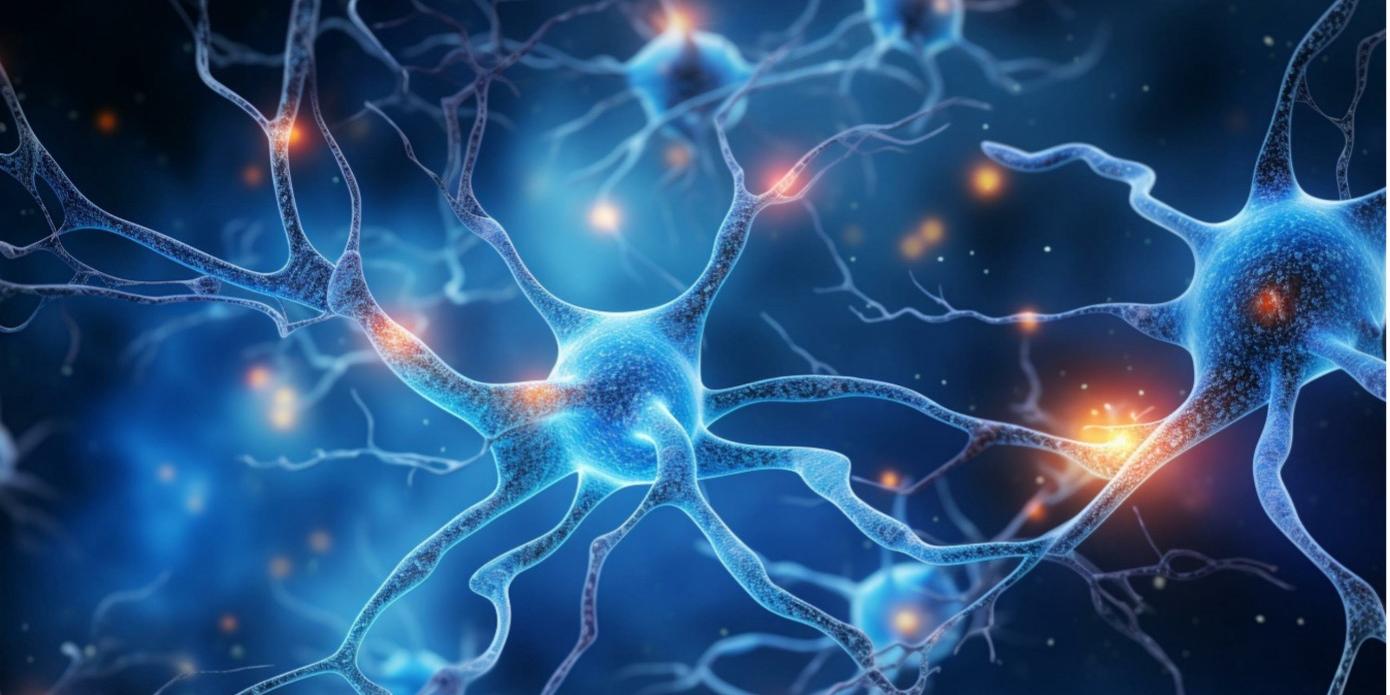Epilepsy: discovery of a seizure-generating mechanism opens the way to better seizure prediction in Dravet syndrome
- Research
on the June 21, 2024

Researchers at the Institut de Pharmacologie Moléculaire et Cellulaire (IPMC) have succeeded in identifying a "brain signature" in animal models that heralds an epileptic seizure. This has led to the development of a seizure prediction tool that could be of real clinical use to patients in the future. The results of this study will be published in the journal PNAS in June 2024.
Better seizure prediction
The research team led by Massimo Mantegazza at the IPMC (Inserm/CNRS/Université Côte d'Azur) is attempting to uncover the neuronal mechanisms that lead to seizures. In addition to consolidating scientific knowledge of epilepsy, their work could in future enable better prediction of seizures and the development of relevant new therapeutic approaches, given that Dravet syndrome is currently resistant to treatment in most cases.With this new study, the team aimed to better understand the mechanisms of seizure generation in Dravet syndrome, by recording the activity of individual neurons of individual neurons, before and during seizures, in the brains of mouse models with the same genetic mutation as that described in young patients with the disease. The scientists were particularly interested in the activity of so-called "GABAergic" neurons, whose activity is known to be reduced in patients suffering from Dravet syndrome. On recordings, they observed that just before the onset of a seizure, in the seconds preceding it, the activity of GABAergic neurons becomes irregular.
This irregularity at the level of individual neurons is furthermore correlated with abnormalities in the total electrical activity of the brain, measured by means of an EEG (or electroencephalogram).This irregularity at the level of individual neurons is also correlated with abnormalities in the total electrical activity of the brain, measured by EEG (electroencephalogram) and manifested by quantitative changes in the oscillations of the brain signal (so-called "spectral abnormalities"). The irregularity of neuronal activity is then followed, at the start of the seizure, by a peak in the activity of GABAergic neurons. " This result is surprising, given that the activity of GABAergic neurons tends to be reduced in patients. We show that at the moment when the seizure is triggered, it is precisely the opposite ", stresses Massimo Mantegazza, Inserm researcher and last author of the study.
He and his colleagues then studied EEG recordings of the brain activity of patients suffering from Dravet syndrome. The scientists found the same "brain signature" as in animals.
This result confirms the relevance of using this brain signature as a seizure prediction tool. Based on the data collected, the team was able to develop a seizure prediction algorithm. By testing it, the scientists showed that this tool was capable of predicting the onset of seizures in mice in 70% of cases.
"Today, there is no effective method for predicting epileptic seizures. Our work is a first step in the right direction and could have a real clinical impact for patients with Dravet syndrome, which is a form of genetic epilepsy with a well-determined cause and a clear phenotype. Predicting the onset of seizures would indeed be a step forward, because if we know when a seizure is going to be triggered, we could try to 'block' it by developing relevant therapies, or at least refine patient management ", concludes Massimo Mantegazza.
Source Inserm
- Sources
-
Preictal dysfunctions of inhibitory interneurons paradoxically lead to their rebound hyperactivity and to low-voltage-fast onset seizures in Dravet syndrome
Fabrizio Capitano 1 2 3, Mathieu Kuchenbuch 4 5, Jennifer Lavigne 1 2 3, Hava Chaptoukaev 6, Maria A Zuluaga 6, Marco Lorenzi 1 7, Rima Nabbout 4 5, Massimo Mantegazza 1 2 3
1 University Cote d'Azur, Institute of Molecular and Cellular Pharmacology, Valbonne-Sophia Antipolis 06560, France.
2 CNRS UMR 7275, Valbonne-Sophia Antipolis 06560, France.
3 Inserm U1323, Valbonne-Sophia Antipolis 06650, France.
4 Reference Centre for Rare Epilepsies, Member of European Reference Network EpiCARE, Department of Pediatric Neurology, Hôpital Necker-Enfants Malades, Assistance Publique Hôpitaux de Paris, Paris 75015, France.
5 Laboratory of Translational Research for Neurological Disorders, Inserm UMR 1163, Imagine Institute, Université Paris Cité, Paris 75015, France.
6 EURECOM, Biot-Sophia Antipolis 06410, France.
7 Epione Research team, Inria Center of Université Côte d'Azur, Biot-Sophia Antipolis 06410, France.
PNAS, May 2024 DOI : 10.1073/pnas.2316364121 - Researcher contact
-
Massimo Mantegazza - Inserm Research Director at IPMC E-mail: mantegazza@ipmc.cnrs.fr
Phone on request



